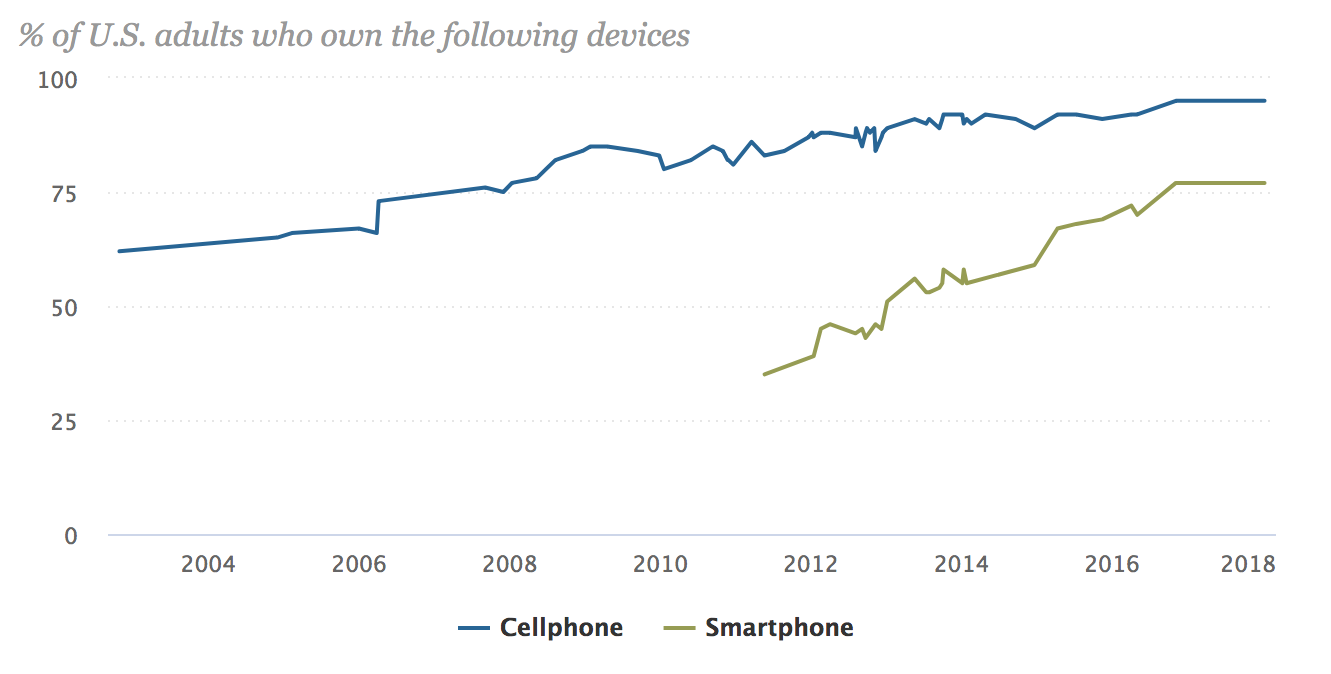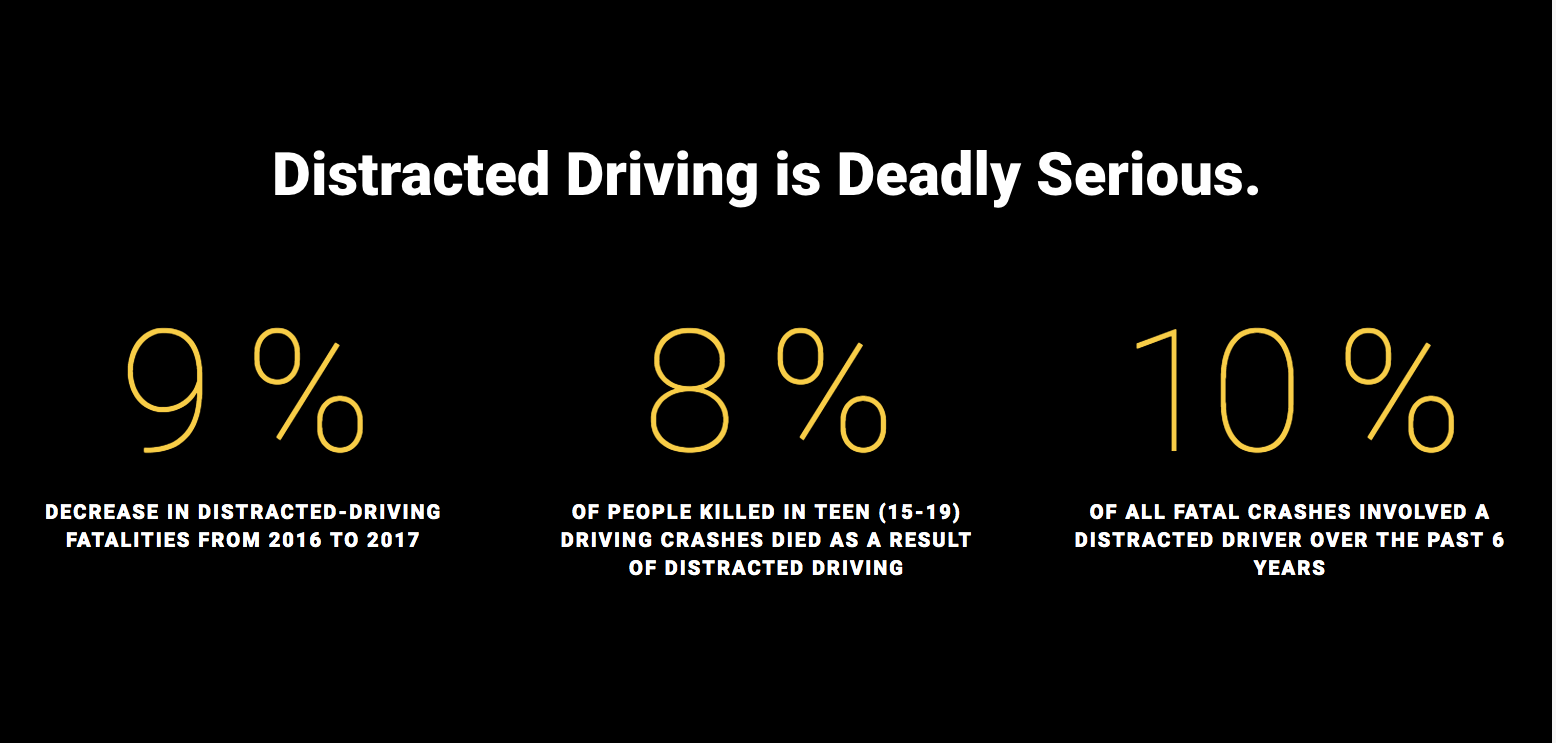Abstract
Mobile phones have become irreplaceable components of the modern highly digitalized society. The first devices were highly primitive and occupied a lot of space as well as lacked capabilities. The current project explores the topic of mobile phones from several perspectives due to the need to study the advantages and disadvantages of their presence. The main purpose of the project is exploring the positive and negative aspects of mobile phone use in society since the technology is at the forefront of most interactions between modern people. It was concluded that innovations have also enabled the widespread use of mobile phones; however, there are negative implications for both health and social life.
Introduction
In the modern world that is driven by technologies, everyday life seems incomplete without a mobile device. Modern mobile phones have been advanced technically to such an extent that their capabilities, beyond placing and receiving calls, include data storage, taking pictures, video recording, sharing, application installing and many others. In the past, when mobile phones were initially introduced to the public, they were expensive, bulky in size and even required base units to be carried around together with the device. With the rapid development of new technologies and the investment of corporations into research, cell phones have received a sleek design, became easy to carry and charge, as well as increased in their capabilities.
Thus, studying the topic of mobile phones as an irreplaceable component of modern life is considered imperative. The subject is important because the use of mobile phones reflects the state of the modern society; people engage with technologies and always upgrade their devices and looking for better phone options since the current environment is highly fast-paced. In addition, mobile phones have been instrumental in increasing the success of businesses and allowing them to gain a competitive advantage in the market and bring innovative solutions to consumers.
Reading about the role of mobile phones in society is important for any target audience – from the general public to business people who study how they can enhance their understanding of modern technologies. Cell phones evolved to become smartphones, with such capabilities as face recognition and Artificial Intelligence, which shows that technologies only go upward in direction. The report will provide a discussion of both positive and negative aspects of smartphone use in social life. This is important because technologies have become irreplaceable; however, they have had an adverse impact on people’s communication, health and well-being.
Impact of Phones on Social Life
Having a mobile phone is an expected social phenomenon as most people communicate using their devices on a daily basis and rely on them for many everyday tasks, ranging from alarms to work schedules (Bezerra et al., 2015). According to the statistics presented by the Pew Research Center (2018), “95% of Americans own a mobile phone of any kind. In 2018, the ownership of smartphones reached 77%, which is more than a double increase from 35% in 2011” (See Figure 1) (para. 2).

In terms of demographic variables, 77% of men and 80% of women own a smartphone. The population aged 65 and older has the lowest percentage of cell phone ownership (85%) while the population aged 18-29 has the highest percentage (100%) (Pew Research Center, 2018). These statistics show that mobile phones are a commodity owned by most people in society and therefore have a significant impact on their life.
The Positive Side
In social life, mobile phones provide the means of communication with family, friends, coworkers, or businesses. The portability and convenience of such devices allow people to stay up-to-date with what their loved ones are doing with the help of social media and instant messaging. Taking photos and videos has become a key component of social interactions as mobile device users post them on their profiles to engage with each other. Text messaging applications also enable quick and effective communication between people. Originally, mobile phones have had the only option of SMS technology, which has been replaced with Internet-based solutions that allow “sharing high volumes of data, including multimedia” (Krasnoff, 2018, para. 10). Thus, the connectivity to the world is among the most important and positive aspects of mobile phone use. Whether one is on a remote island or in the center of a large city, mobile phones strengthen connections among people.
Apart from enhanced communication, mobile phones increase the safety of their users. For instance, when traveling to a foreign country or going on a hike, the GPRS technologies embedded in the latest phones can help the authorities to locate them in case of emergency (Eaton, 2013). In cases of a car breakdown or an accident, phones can be used for calling for help and rescue (“Motorway SOS phone procedure,” 2019). In addition to bringing safety in everyday life, mobile phones enhance their users’ schedule planning. Such convenient applications as reminders, digital to-do lists, notifications and Artificial Intelligence (such as Apple’s Siri) help users wake up in time, avoid being late for meetings, as well as plan their daily activities (Anderson & Rainie, 2018).
The Negative Side
Since mobile phones are readily available to users, the ongoing communication avenue enables the overflow of messages, notifications and other information. Because of this, most people tend to get distracted in different situations such as when they are driving, on important business meetings, or at college lectures. This distraction can often be dangerous because of such issues as ‘text and drive’ accidents. According to NHTSA (2018) data, distracted driving is a persistent problem “that claimed 3,166 lives in the United States in 2017”, and mobile phone use is among the reasons for distractions on the road (para. 2). Noting this issue is of particular importance when it comes to the younger generation as “8% of people killed in teen driving crashes died as a result of distracted driving” (see Figure 2) (NHTSA, 2019, para. 3).

Despite the fact that mobile phones offer multiple opportunities for communication, in case of not careful use, they can isolate individuals from their family and friends. An example of this is the typical situation when friends meet for coffee, but instead of talking to each other, they are on their phones (Basagni, Conti, Giordano, & Stojmenovic, 2013). Also, when a person who has a partner spends too much time on his or her mobile phone, this can play a role in deteriorating their relationship.
From a health perspective, the continuous use of mobile phones can be harmful to people’s health. Healthcare researchers have paid extra attention to this issue since various types of radio waves have had different influence on the health of the population. Spending too much time behind bright screens result in the increase of eye problems while late-night device entertainment disrupts sleep patterns (Seidman, 2015). Network waves have also been shown to have an influence on the development of skin cancer, which is why it is important for society to scrutinize the adverse effects of mobile devices as their use is highly frequent (American Cancer Society, 2019). Therefore, despite the range of positive aspects of mobile phone use both in business and in personal life, considering the negative influence of such technologies on the mental and physical well-being of individuals is imperative.
Conclusion
To summarize the report, it is noteworthy to mention that mobile phones have become irreplaceable components of society. The enhanced convenience of their use increased opportunities for communication and the sharing of data among social media users worldwide. The statistics of mobile phone use show that every nine out of ten individuals own a mobile phone; however, the millennial generation showed the highest rates of phone ownership. This is explained by the fact that they are the most likely to use mobile devices for communicating, business, studies and entertainment. Such vast possibilities are attributed to significant developments in the history of mobile technologies. On the downside, mobile phones are often overtaking face-to-face communication and have become distracting. The first phones had limited and very basic capabilities while modern ones are highly advanced and have even integrated Artificial Intelligence features. Such innovations have also enabled the widespread use of mobile phones in business. They usually save time during many interactions with customers or partners as well as allow the storing of large amounts of electronic data that would be otherwise be stored on paper. In addition, mobile forms increase the accuracy of data and allow users to update their customer information when needed.
References
American Cancer Society. (2019). Microwaves, radio waves, and other types of radiofrequency radiation. Web.
Anderson, J., & Rainie, L. (2018). Stories from experts about the impact of digital life.Web.
Basagni, S., Conti, M., Giordano, S., & Stojmenovic, I. (2013). Mobile ad hoc networking: Cutting edge directions. Hoboken, NJ: John Wiley & Sons.
Bezerra, J., Bock, W., Candelon, F., Chai, S., Choi, E., Corwin, J., … Varas, A. (2015). The mobile revolution: How mobile technologies drive a trillion-dollar impact.BCG. Web.
Eaton, K. (2013). In case of emergency: My cellphone knows what to do.The New York Times. Web.
Krasnoff, B. (2018). RCS: What it is and why you might want it. The Verge. Web.
Motorway SOS phone procedure. (2019). Web.
NHTSA. (2018). Distracted driving.Web.
NHTSA. (2019).U drive. U text. U pay. Web.
Pew Research Center. (2018). Mobile fact sheet.Web.
Seidman, B. (2015). What too much screen time does to your eyes.CBS News. Web.